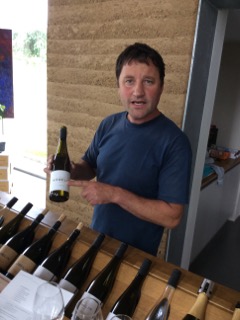 Kommt der Hauptstädter nach Eichstetten am Kaiserstuhl, so ist er geblendet von so viel Schönheit. Sie wohnt nicht dem Ort selbst inne, einem Bauerndorf ohne von Tourismusvermarktern aufgepappter Idylle, das aber deshalb in seiner ungeschminkten Ehrlichkeit und Selbstzufriedenheit durchaus eindrucksvoll wirkt. Nein, die Schönheit beginnt, wo das Dorf endet: in den schier endlosen Reb-, Gemüse- und Obstgärten des Kaiserstuhls, dessen meterhohe Lössschicht alles aufs trefflichste gedeihen lässt. Ein Arkadien, dessen gewundene und geschwungene Landschaft atemberaubende Ausblicke gewährt und jede Eintönigkeit, die landwirtschaftlichen Nutzflächen sonst innewohnt, fernhält. Hier wachsen die von hippen Berlinern teuer eingekauften grünen Smoothies gleichsam am Wegesrand, ebenso Blumen in großer Pracht und Vielfalt, scheinbar herrenlose Walnuss- und Kirschbäume verwöhnen mit Früchten, die man so noch nie probiert zu haben glaubt.
Kommt der Hauptstädter nach Eichstetten am Kaiserstuhl, so ist er geblendet von so viel Schönheit. Sie wohnt nicht dem Ort selbst inne, einem Bauerndorf ohne von Tourismusvermarktern aufgepappter Idylle, das aber deshalb in seiner ungeschminkten Ehrlichkeit und Selbstzufriedenheit durchaus eindrucksvoll wirkt. Nein, die Schönheit beginnt, wo das Dorf endet: in den schier endlosen Reb-, Gemüse- und Obstgärten des Kaiserstuhls, dessen meterhohe Lössschicht alles aufs trefflichste gedeihen lässt. Ein Arkadien, dessen gewundene und geschwungene Landschaft atemberaubende Ausblicke gewährt und jede Eintönigkeit, die landwirtschaftlichen Nutzflächen sonst innewohnt, fernhält. Hier wachsen die von hippen Berlinern teuer eingekauften grünen Smoothies gleichsam am Wegesrand, ebenso Blumen in großer Pracht und Vielfalt, scheinbar herrenlose Walnuss- und Kirschbäume verwöhnen mit Früchten, die man so noch nie probiert zu haben glaubt.
Da ist viel zuviel Schönheit, denkt der Berliner mit René Pollesch („Kill your Darlings! Streets of Berlidelphia“), die vertrage ich nicht, die ist nicht zu leben, deshalb müssen wir sie rausschneiden. Aber Eichstetten ist kein Theaterstück. Eichstetten ist das Gegenteil.
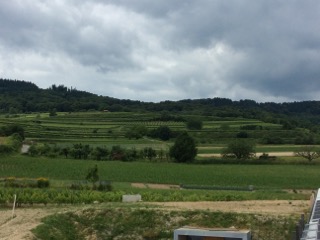 Hier hat der Mensch sein nutzbringendes Wirken offensichtlich im Einklang der Natur vollbracht: Dem Wanderer begegnen schwarmweise Wiederhopfe, Habicht und Bussard ziehen am Himmel ihre Kreise, während der Falke im Tiefflug nach Beute jagt und da und dort ein Reh über den Weg springt. Muss man noch erwähnen, dass Eichstetten eine der großen Bio-Anbaugemeinden in Baden-Württemberg ist, deren Produkte auch in den hauptstädtischen Bioläden feilgeboten werden? Das Schöne und Wahre: Hier fügt es sich.
Hier hat der Mensch sein nutzbringendes Wirken offensichtlich im Einklang der Natur vollbracht: Dem Wanderer begegnen schwarmweise Wiederhopfe, Habicht und Bussard ziehen am Himmel ihre Kreise, während der Falke im Tiefflug nach Beute jagt und da und dort ein Reh über den Weg springt. Muss man noch erwähnen, dass Eichstetten eine der großen Bio-Anbaugemeinden in Baden-Württemberg ist, deren Produkte auch in den hauptstädtischen Bioläden feilgeboten werden? Das Schöne und Wahre: Hier fügt es sich.
Wanderer, kommst Du nach Eichstetten, so genieß diese Landschaft und die trefflichen Früchte, die sie hervorbringt. Und, ja, Wanderer, sind die Trauben reif, so koste sie. Sie schmecken vortrefflich. Aber meide den Wein. Denn der Wein ist ein Spiegelbild der Landschaft: üppig, idyllisch, träge, selbstzufrieden, von der Sonne verzogen. Eichstetten liegt in einer der wärmsten Gegenden Deutschlands. Lössböden und große Hitze: Das ist für Wein schwierig. Wer also partout glaubt, in einem der malerischen Winzerhöfe einkehren zu müssen, kann sich nur den Wein mit der Landschaft schönsaufen. Denn die Reben hier sind wie die Blumen am Wegesrand: ein Stück Dekor, Kulisse, Ausstattungsmerkmal einer Idylle.
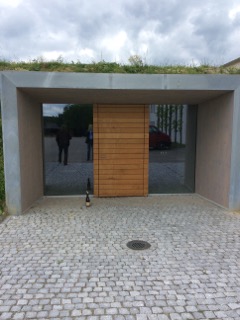 Aber, Wanderer, willst du diesen Ort nun fliehen, so eile nicht. Denn es gibt selbst hier Perlen des Winzerhandwerks, Könner mit dem Ehrgeiz, dem Schönen und Wahren auch das Gute abzuluchsen. So einer ist Arndt Köbelin. Die ortsüblichen, pittoresken „Schwiboge“ (Sandstein-Rundbögen)-Romantik anderer Winzerhöfe sticht er mit der todschicken Sachlichkeit einer modernen Winery am Ortsrand aus. An der Mosel sagt man: „Das Tal ist eng.“ Eichstetten ist auch eng. Arndt Köbelin weiß das. Er hat das Winzerhandwerk unter anderem bei Seifried Estate in Neuseeland, bei Dr. Heger in Ihringen sowie in der Staatlichen Lehr- und Versuchsanstalt für Wein- und Obstbau Weinsberg gelernt, hat als Kellermeister in Oberbergen und in der Ortenau gearbeitet und ist – herzlichen Glückwunsch! – seit genau zehn Jahren selbständig.
Aber, Wanderer, willst du diesen Ort nun fliehen, so eile nicht. Denn es gibt selbst hier Perlen des Winzerhandwerks, Könner mit dem Ehrgeiz, dem Schönen und Wahren auch das Gute abzuluchsen. So einer ist Arndt Köbelin. Die ortsüblichen, pittoresken „Schwiboge“ (Sandstein-Rundbögen)-Romantik anderer Winzerhöfe sticht er mit der todschicken Sachlichkeit einer modernen Winery am Ortsrand aus. An der Mosel sagt man: „Das Tal ist eng.“ Eichstetten ist auch eng. Arndt Köbelin weiß das. Er hat das Winzerhandwerk unter anderem bei Seifried Estate in Neuseeland, bei Dr. Heger in Ihringen sowie in der Staatlichen Lehr- und Versuchsanstalt für Wein- und Obstbau Weinsberg gelernt, hat als Kellermeister in Oberbergen und in der Ortenau gearbeitet und ist – herzlichen Glückwunsch! – seit genau zehn Jahren selbständig.
15 Hektar bewirtschaftet er auf seinem Familienweingut, das fast fünf Jahrzehnte der Vater geführt hat (dennoch sollen die Verhältnisse zwischen den Generationen sehr harmonisch sein). Das moderne Gutsgebäude hält moderne Technik bereit, die helfen soll, die Philosophie des Winzers umzusetzen, die auf eine möglichst schonende Behandlung der Trauben und des Weins setzt. So werden Weine nicht gepumpt, sondern durch Falldruck bewegt. Im Weinberg wird mit Grünschnitt und Pferdemist gedüngt. Man arbeitet ökologisch, ist aber nicht zertifiziert.
Die trockenen Basisweine, die hier Gutsweine heißen, sind mehr als ordentlich: Rivaner, Weiß- und Grauburgunder habe eine animierende Frucht, sind für die Gegend moderat im Alkohol (maximal 13 Prozent). Es fehlt ihnen der mineralische Säurebiss nördlicher Regionen, aber sie schmecken schön frisch und saftig. Es gibt auch einen ansprechenden Riesling, der nicht auf Löss, sondern auf vulkanischem Gestein wächst (der Kaiserstuhl verdankt seine Entstehung einen gewaltigen, im Tertiär aktiven). Er ist nicht ganz trocken, unterscheidet sich aber vor allem wegen seines mineralischen Charakters stark von den andren Basisweinen. Trotz 8,5 Gramm Säure, die man hier gar nicht erwartet, schmeckt der 2014 Riesling feinherb sehr harmonisch und nach reifen grünen Äpfeln.
Sehr gefallen hat mir auch der in Flaschengärung hergestellte Pinot Brut „Privat Cuvée“ aus Weißburgunder, Grauburgunder und Spätburgunder, der neben Hefe- und Zitrusnoten mit Himbeer- und Kirscharomen aufwartet, überdies eine feine Perlage beisitzt und mit elf Euro ab Hof ein Schnäppchen ist.
Sehr spannend sind die 2014er „Lösswand *** Selektionsweine“ von Weißburgunder und Grauburgunder, die von alten Reben stammen und noch im kleinen Holzfass liegen. Beide Weine präsentieren sich derzeit recht verschlossen, wirken aber frisch und mineralisch mit viel Substanz und einem feinem Holzton. Da wächst was spannendes heran.
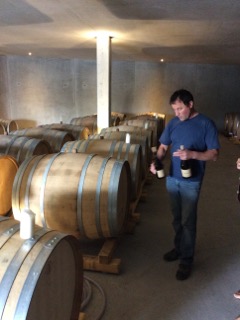 Echte Knüller sind die Spätburgunder-Rotweine, zu denen auch der ausgezeichnete 2014 Spätburgunder Rosé gezählt werden muss. Denn diesem Nebendarsteller der Rotweinproduktion gibt Arndt Köbelin eine Hauptrolle. Und so duftet dieser Wein expressiv nach Kirschen und schmeckt durch eine reife Säue gestützt nach einem Korb frischer Himbeeren – mit 11 Alkohol ein perfekter Sommersaufwein für gerade mal 7,80 Euro ab Hof. Nicht jeder mag schwere Rotweine im Sommer trinken, zumal, wenn sie am Holz tragen. Aber Arndt Köbelins einfachster Spätburgunder, der 2013 „Spätburgunder Holzfass“ besitzt eine explosive Frucht mit Kirschen Heidelbeeren, einem Hauch Vanille und etwas Pfeffer. Ein Wein, so leicht und frisch, dass man ihn flaschenweise saufen mag, aber auch komplex genug, um ihn wirklich genießen zu können.
Echte Knüller sind die Spätburgunder-Rotweine, zu denen auch der ausgezeichnete 2014 Spätburgunder Rosé gezählt werden muss. Denn diesem Nebendarsteller der Rotweinproduktion gibt Arndt Köbelin eine Hauptrolle. Und so duftet dieser Wein expressiv nach Kirschen und schmeckt durch eine reife Säue gestützt nach einem Korb frischer Himbeeren – mit 11 Alkohol ein perfekter Sommersaufwein für gerade mal 7,80 Euro ab Hof. Nicht jeder mag schwere Rotweine im Sommer trinken, zumal, wenn sie am Holz tragen. Aber Arndt Köbelins einfachster Spätburgunder, der 2013 „Spätburgunder Holzfass“ besitzt eine explosive Frucht mit Kirschen Heidelbeeren, einem Hauch Vanille und etwas Pfeffer. Ein Wein, so leicht und frisch, dass man ihn flaschenweise saufen mag, aber auch komplex genug, um ihn wirklich genießen zu können.
Noch ausdrucksstärker und etwas mehr vom Ausbau im kleinen Holzfass geprägt ist der 2013 „Spätburgunder *** Barriquefass“, der bereits jetzt schmeckt, sich aber in den nächsten zwei bis drei Jahren weiter entwickeln wird. Bei diesem Wein wird bereits eine Finesse spürbar, die der nächste fast auf die Spitze treibt: Der „2012 Spätburgunder Eichenlaub“ ist ein Wein, den man hier nicht erwartet: So fein und elegant, so kühl mit tollem Säurebiss. In der Nase feine Kirsche und etwas Holz brilliert dieser Spitzenwein mit Himbeere, Kirsche und etwas Vanille. Der „2012 Spätburgunder Eichenlaub“ ist jetzt bereits ein Hochgenuss, wozu der meisterhafte Holzeinsatz von Arndt Köbelin beiträgt: Hier wird nichts mit Holz überdeckt, sondern lediglich gestützt. Dieser Wein aus mehr als sechzig Jahre alten Burgunderstöcken wächst unterhalb des Waldes, der die 521 Meter hohe Eichelspitze einkleidet. Und man muss es erlebt haben, wenn man an einem heißen Sommertag diesen Wald betritt und schlagartig die Linderung spürt, die seine feuchte Kühle aussendet. Sie fließt in den Abendstunden die alten Rebhänge hinab und trägt ganz erheblich dazu bei, dass Arndt Köbelin ein Meisterwerk gelungen ist, das sich neben den deutschen Spätburgunder-Spitzenweinen dieses großen Jahrgangs mehr als sehen lassen kann.
Also, Wanderer, kommst Du nach Eichstetten am Kaiserstuhl, genieße die Schönheit der Landschaft, vergeude Deine Leberzellen nicht, sondern widme sie den Weinen Arndt Köbelins.

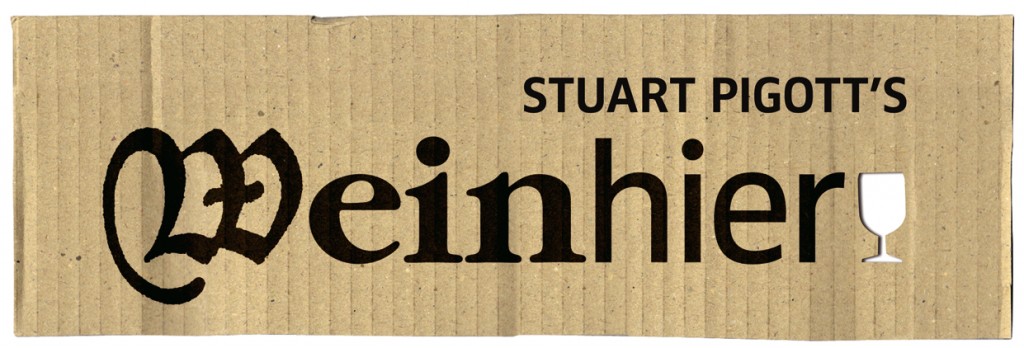
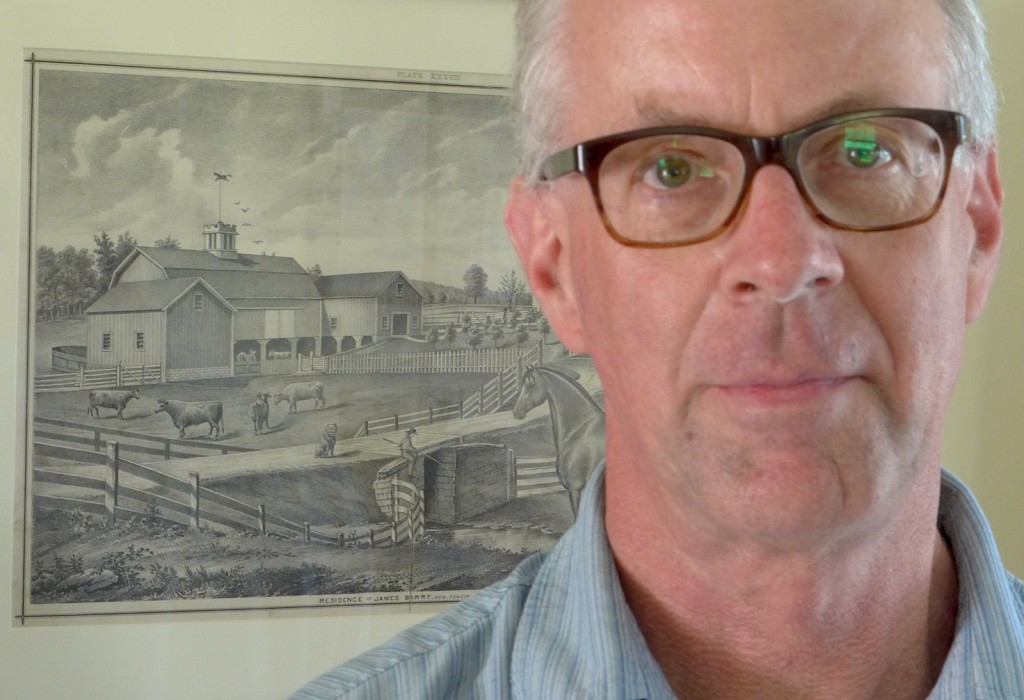
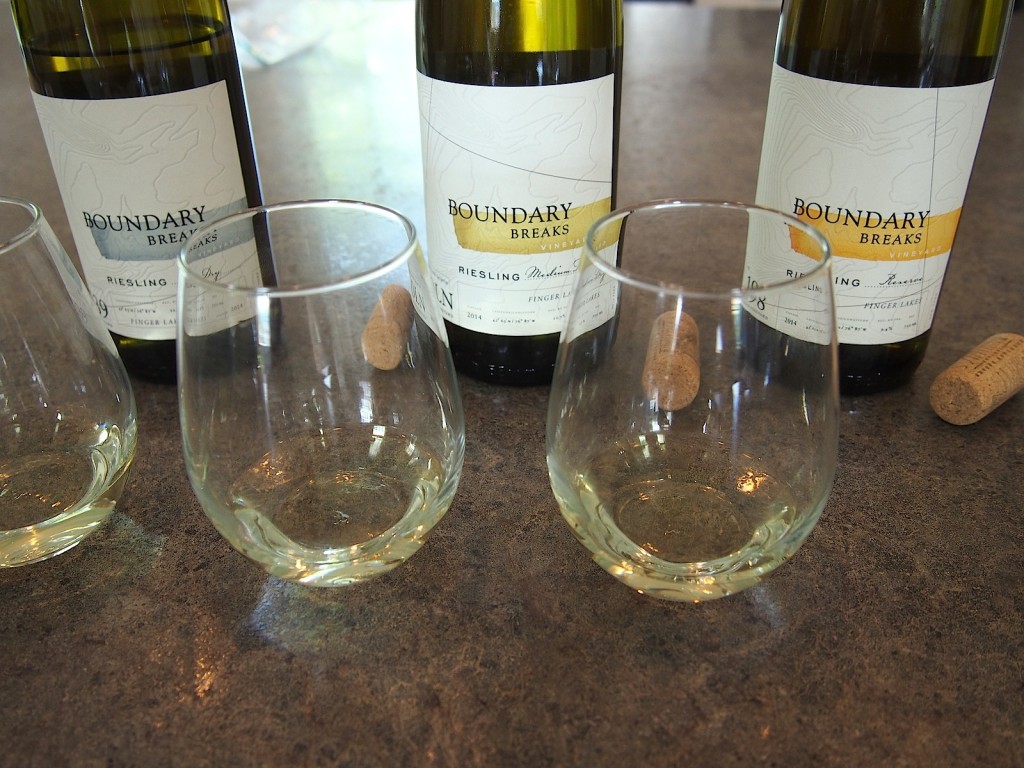
![120114_riesling_global_RZ [1600x1200]](http://www.stuartpigott.de/wp-content/uploads/2015/07/120114_riesling_global_RZ-1600x12001.jpg)
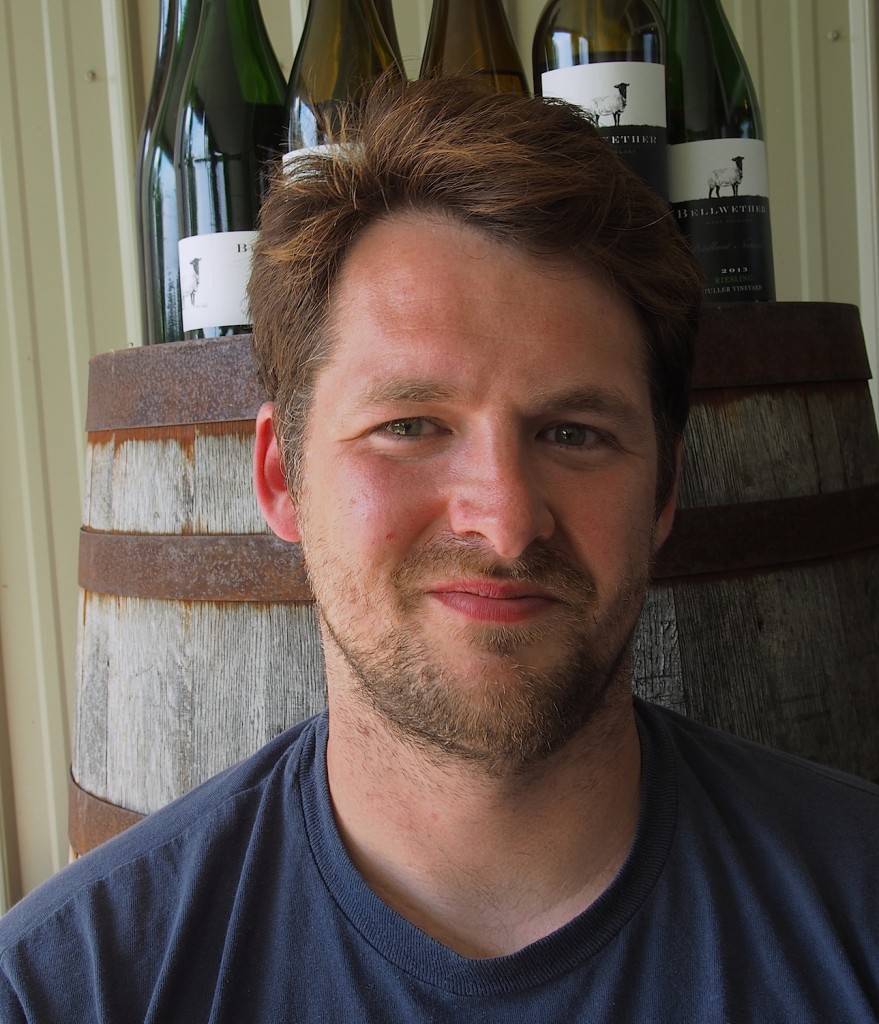
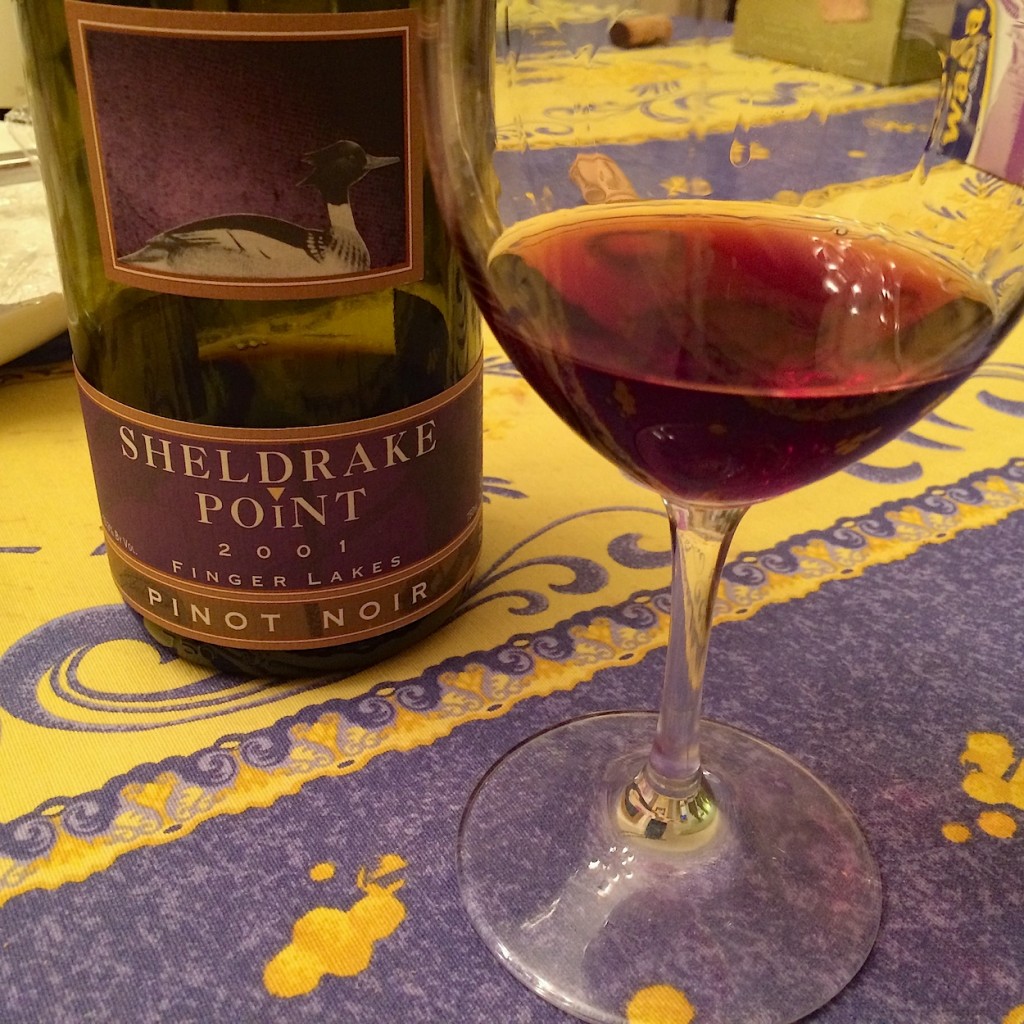
![120114_riesling_global_RZ [1600x1200]](http://www.stuartpigott.de/wp-content/uploads/2015/07/120114_riesling_global_RZ-1600x1200.jpg)
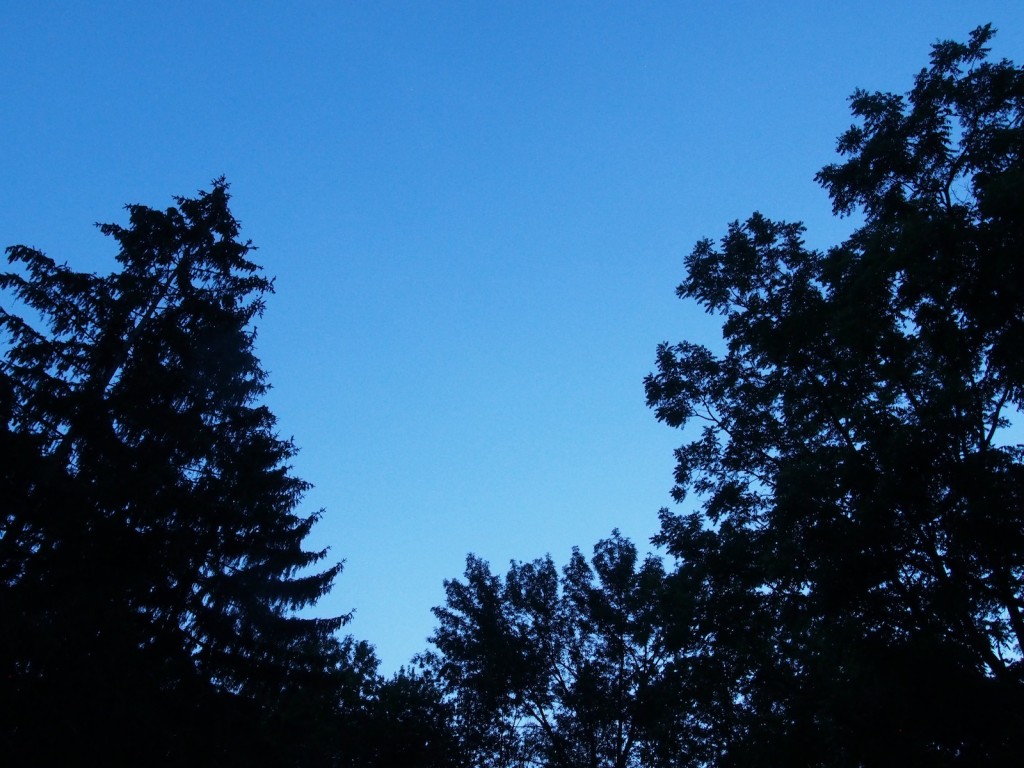

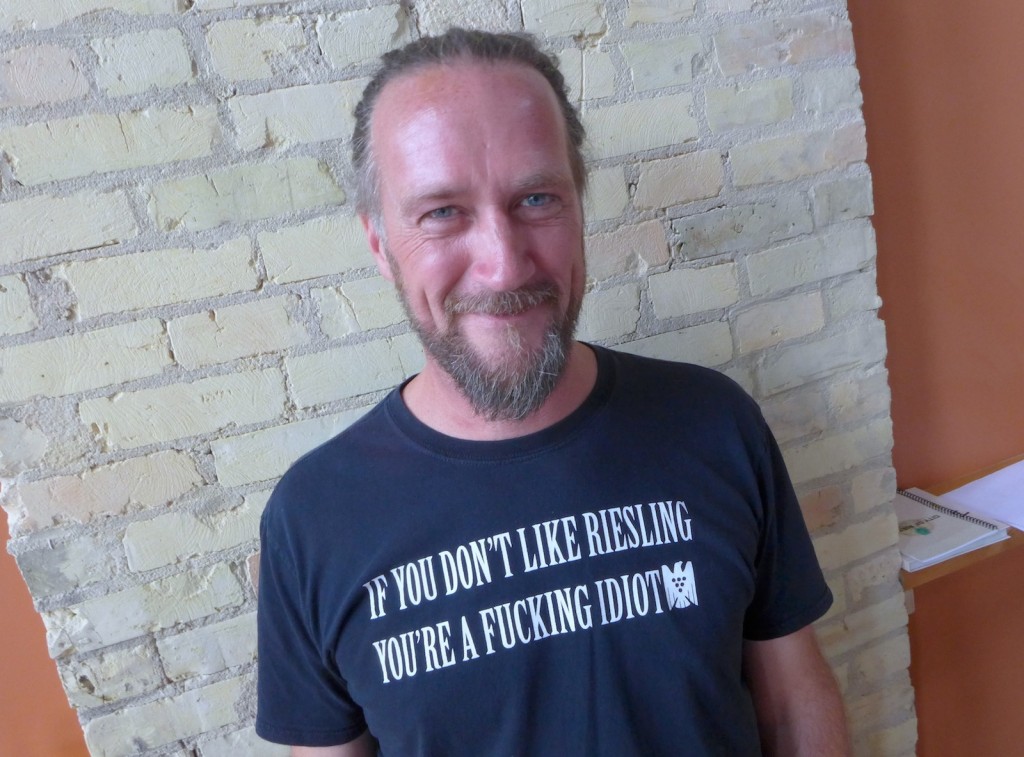
![120114_riesling_global_RZ [1600x1200]](http://www.stuartpigott.de/wp-content/uploads/2015/06/120114_riesling_global_RZ-1600x120018.jpg)
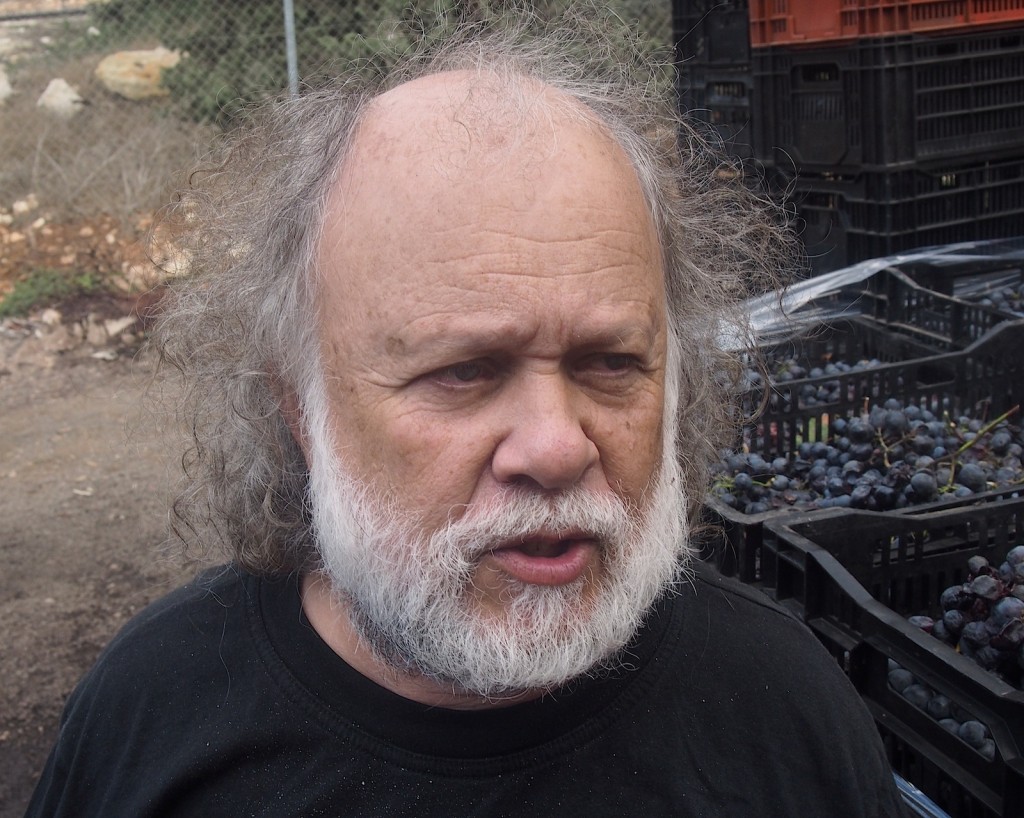
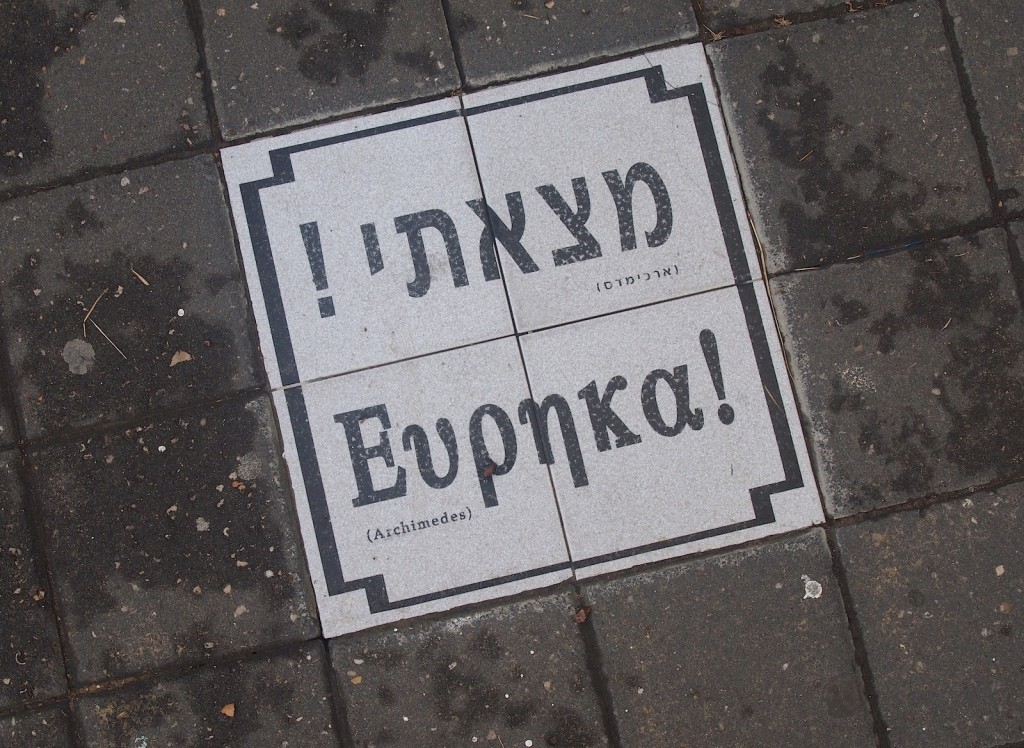
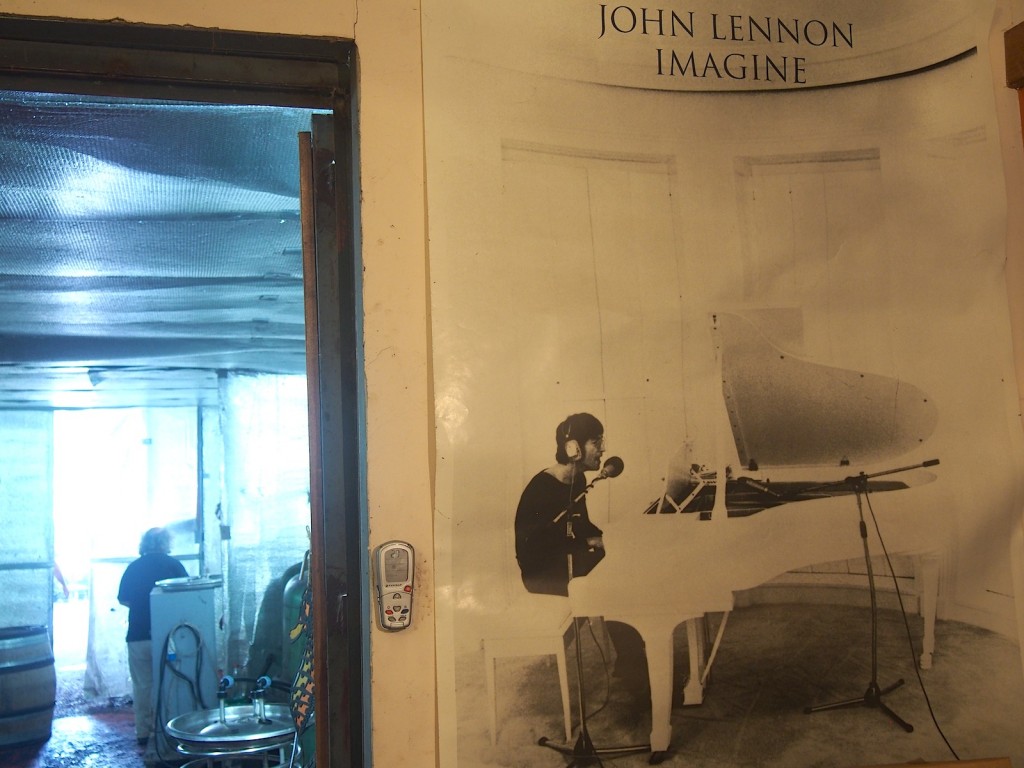
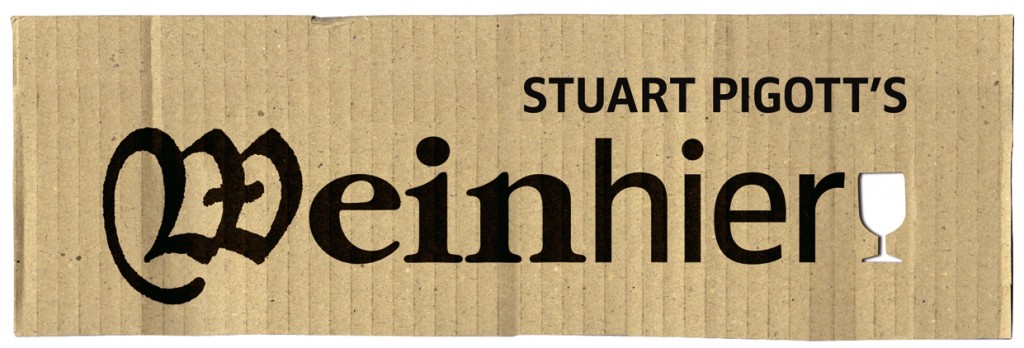
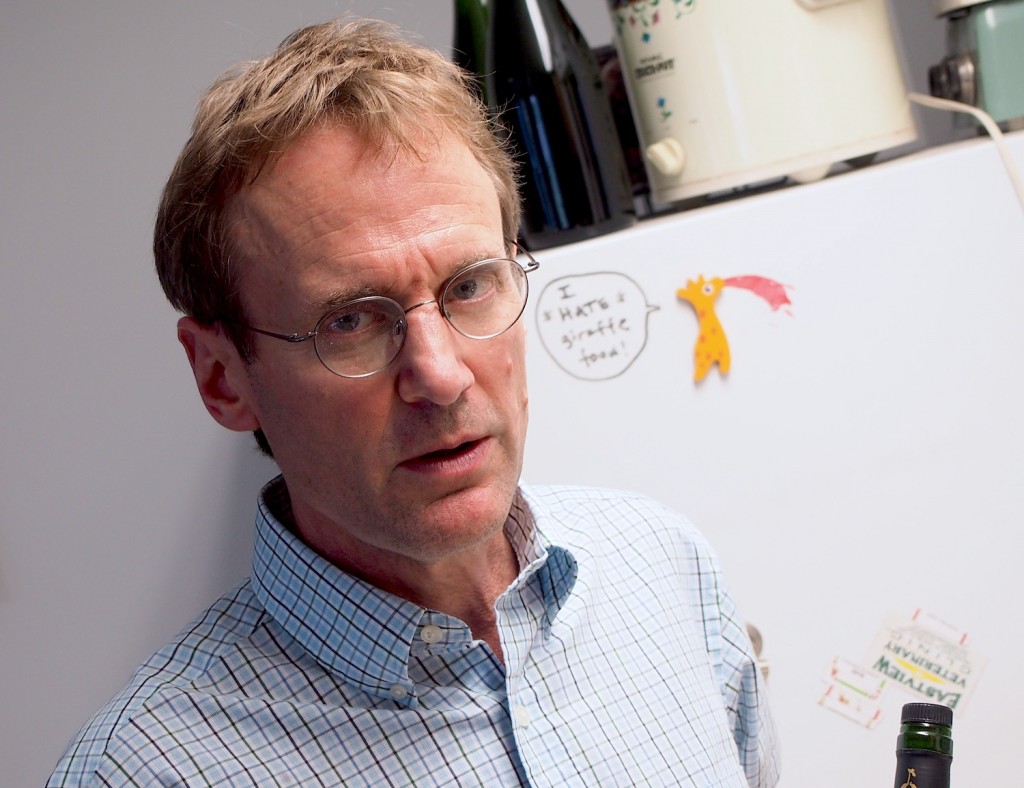
![120114_riesling_global_RZ [1600x1200]](http://www.stuartpigott.de/wp-content/uploads/2015/06/120114_riesling_global_RZ-1600x120017.jpg)
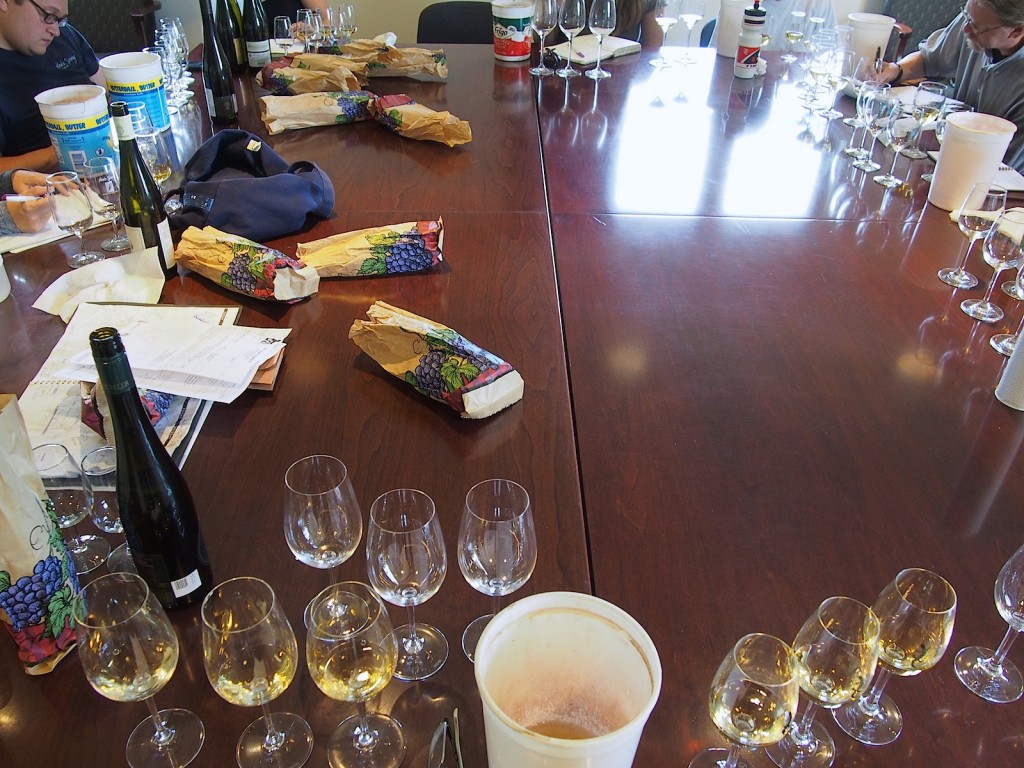
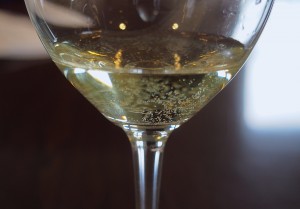
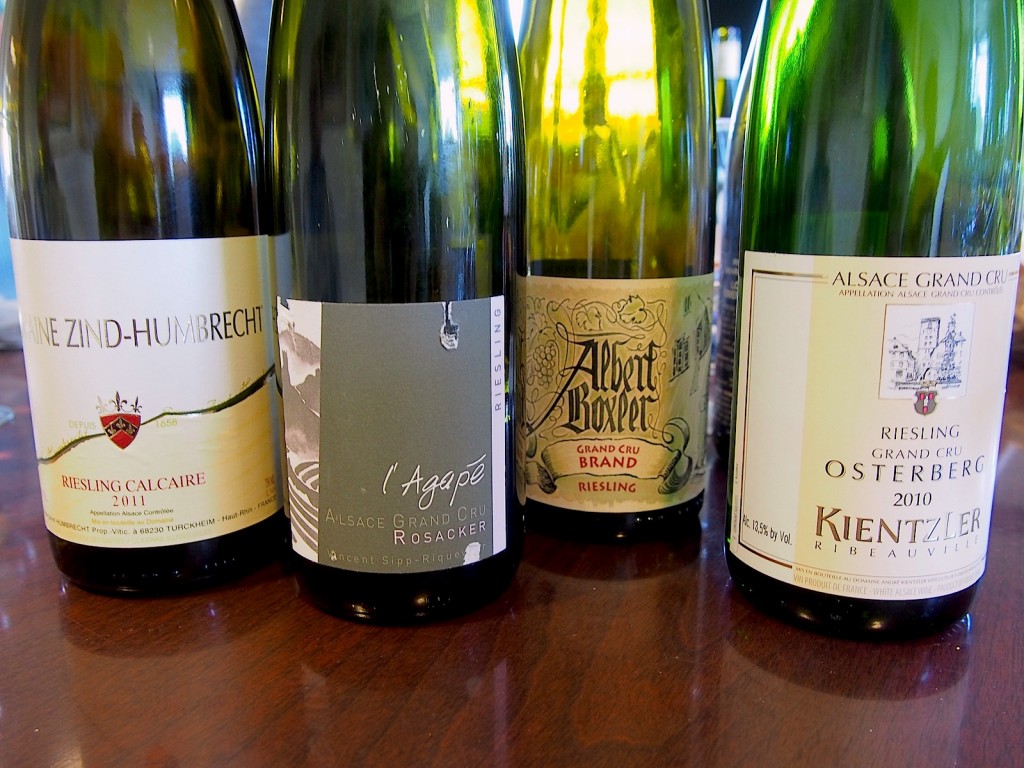
![120114_riesling_global_RZ [1600x1200]](http://www.stuartpigott.de/wp-content/uploads/2015/06/120114_riesling_global_RZ-1600x120016.jpg)
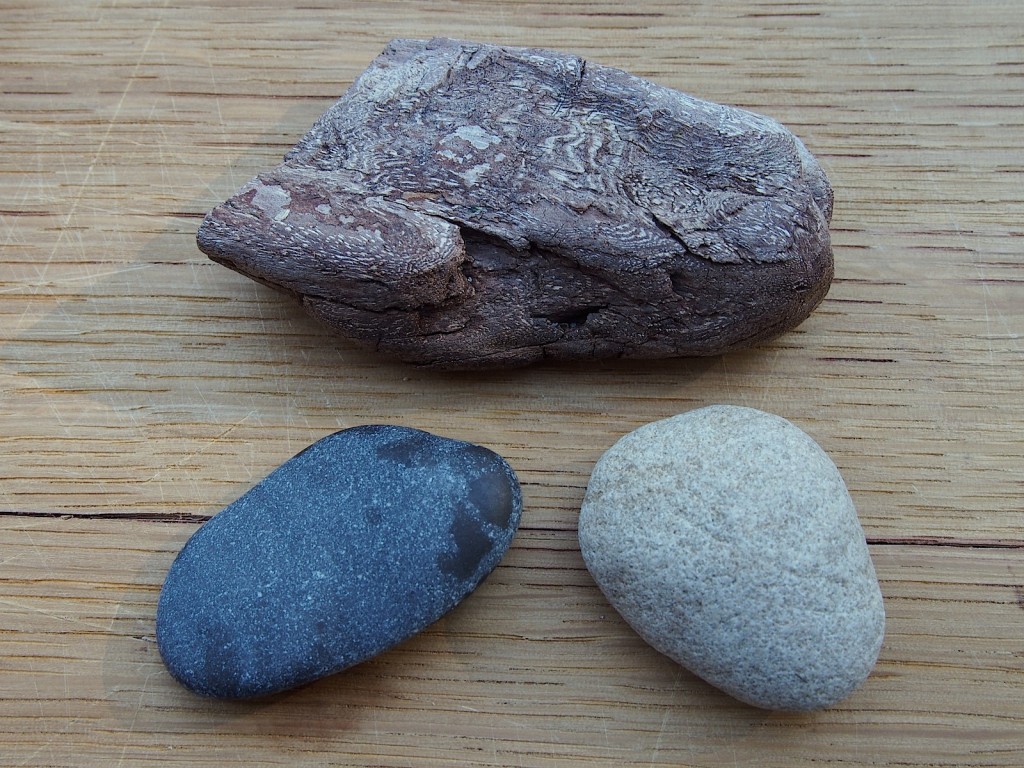
![120114_riesling_global_RZ [1600x1200]](http://www.stuartpigott.de/wp-content/uploads/2015/06/120114_riesling_global_RZ-1600x120015.jpg)
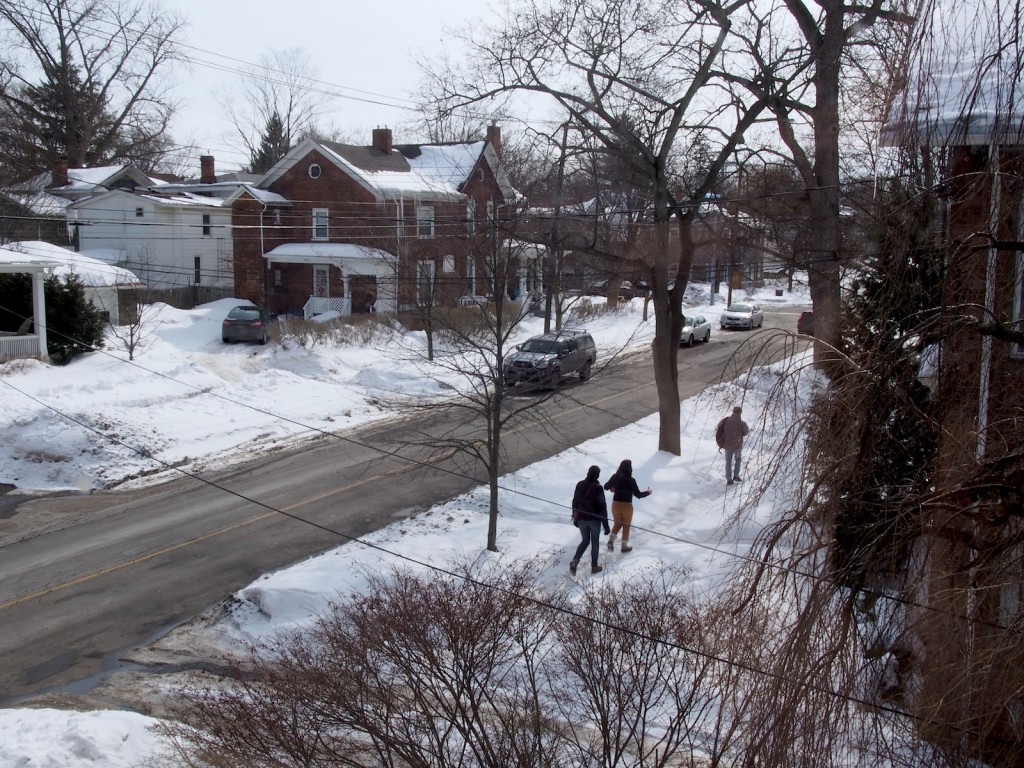
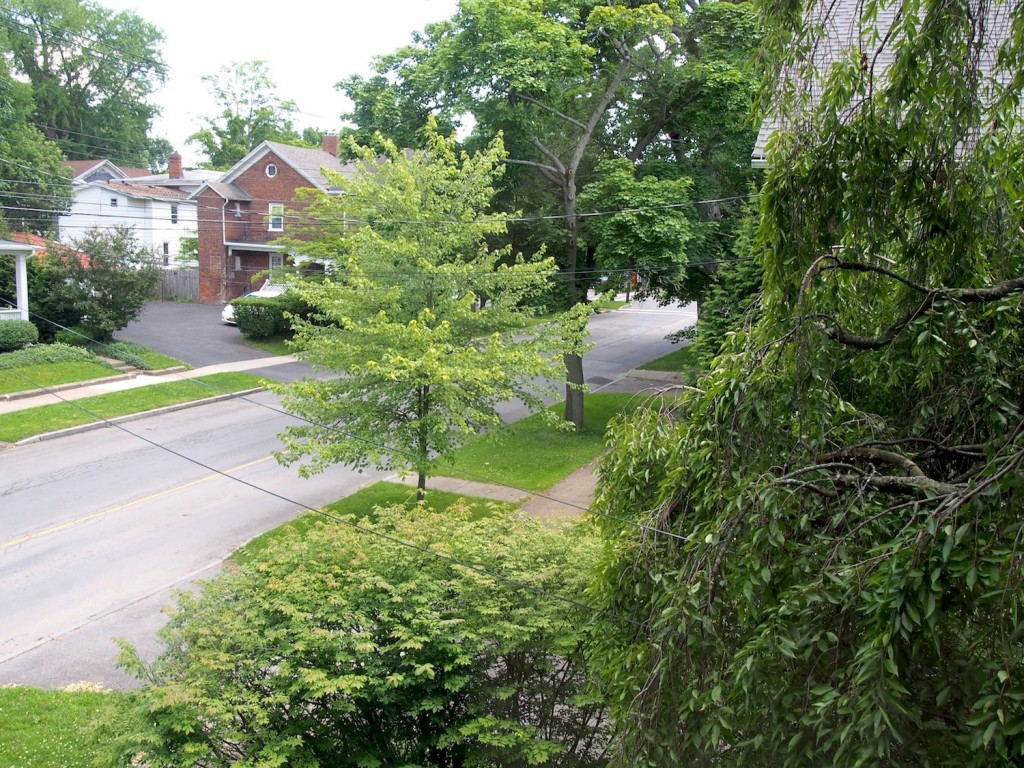
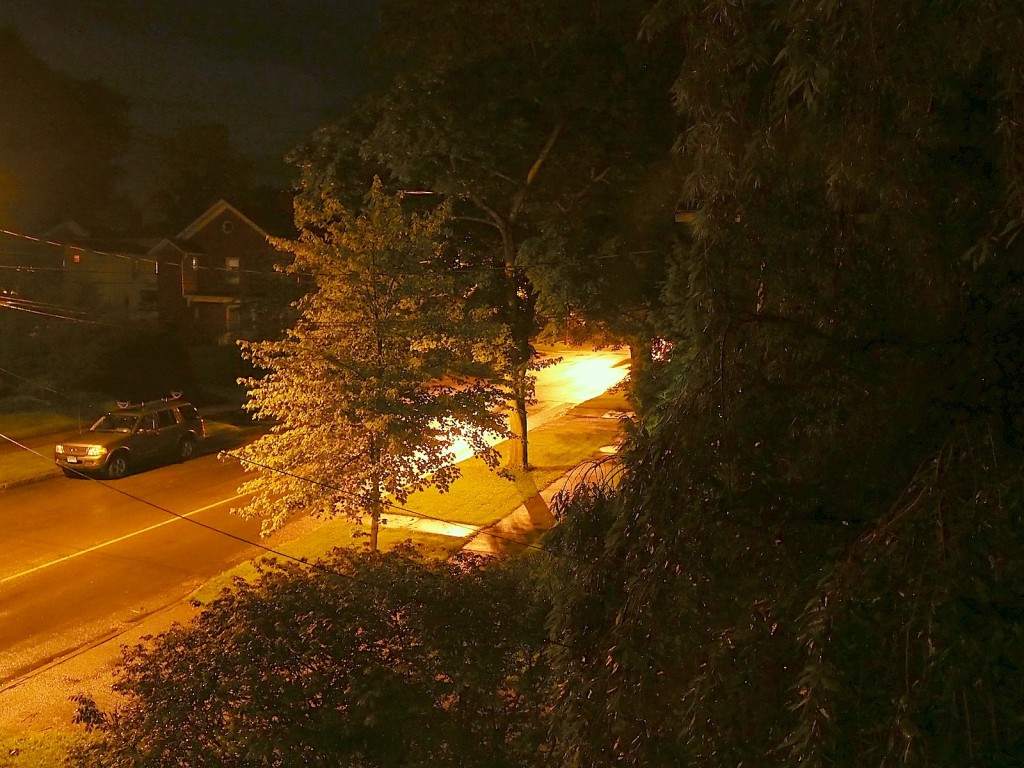
![120114_riesling_global_RZ [1600x1200]](http://www.stuartpigott.de/wp-content/uploads/2015/06/120114_riesling_global_RZ-1600x120014.jpg)
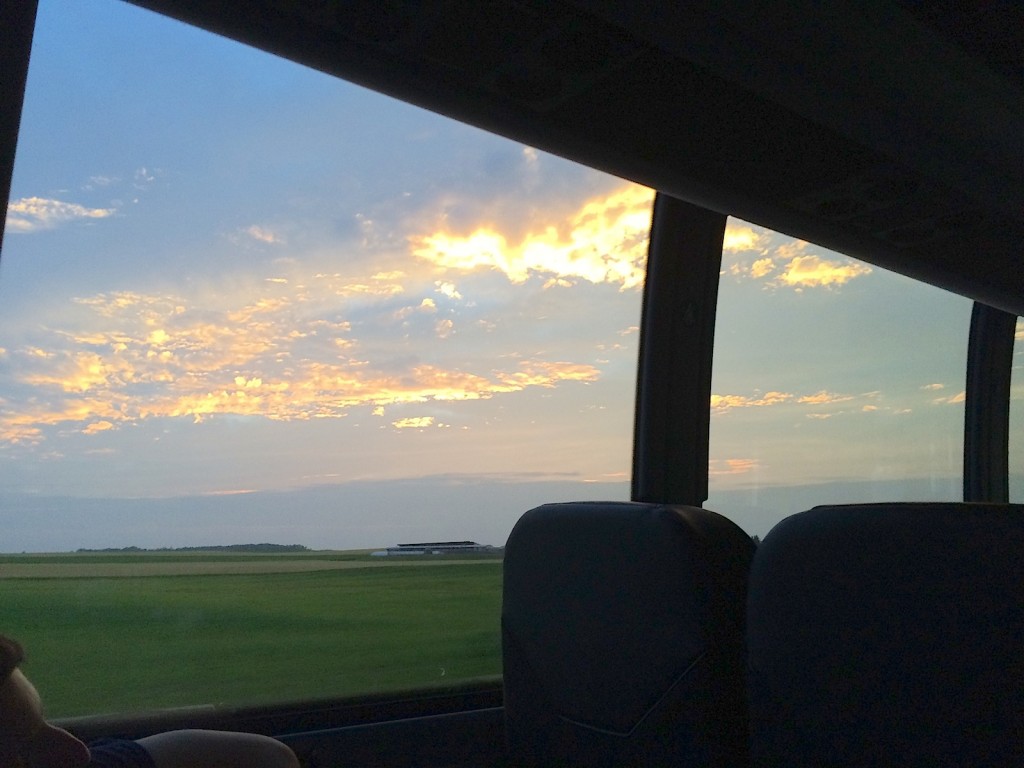
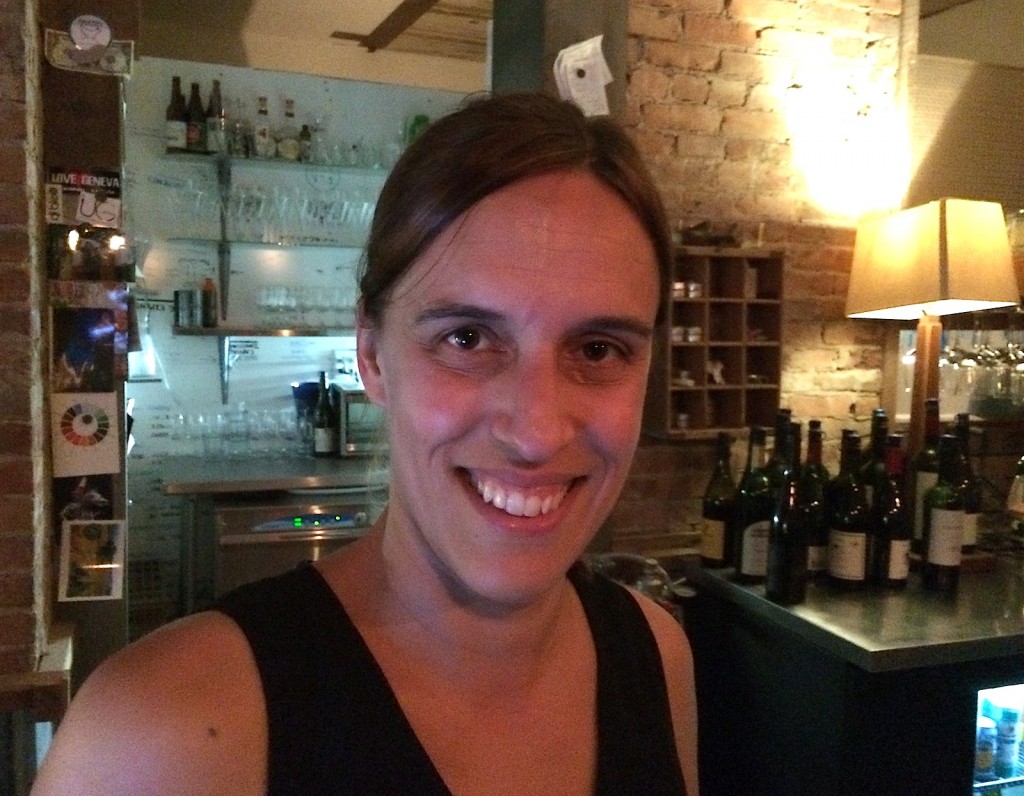
![120114_riesling_global_RZ [1600x1200]](http://www.stuartpigott.de/wp-content/uploads/2015/06/120114_riesling_global_RZ-1600x120013.jpg)